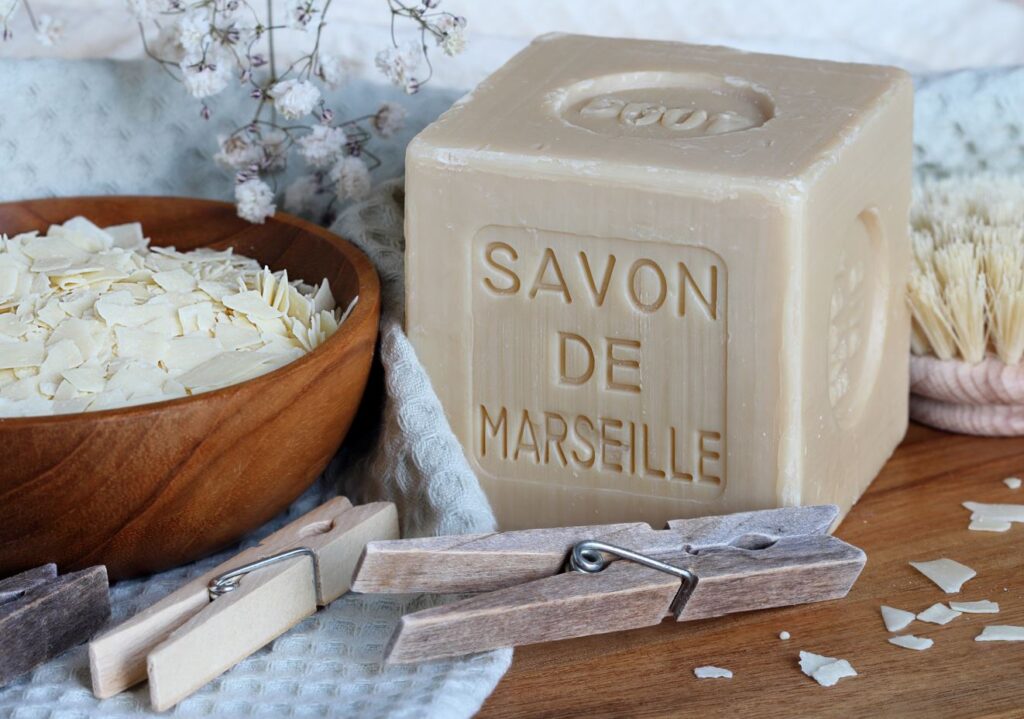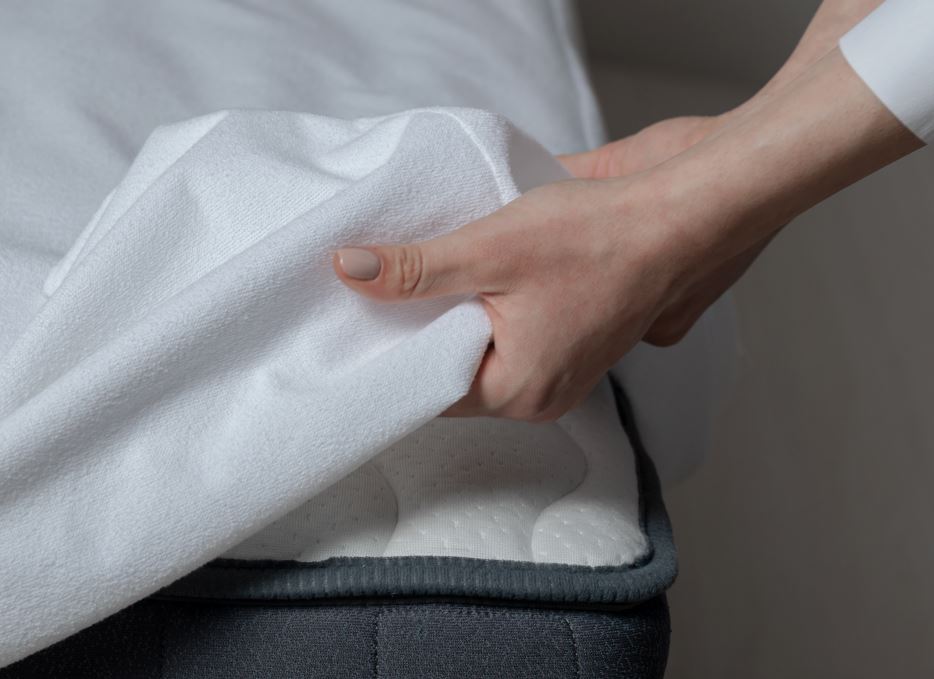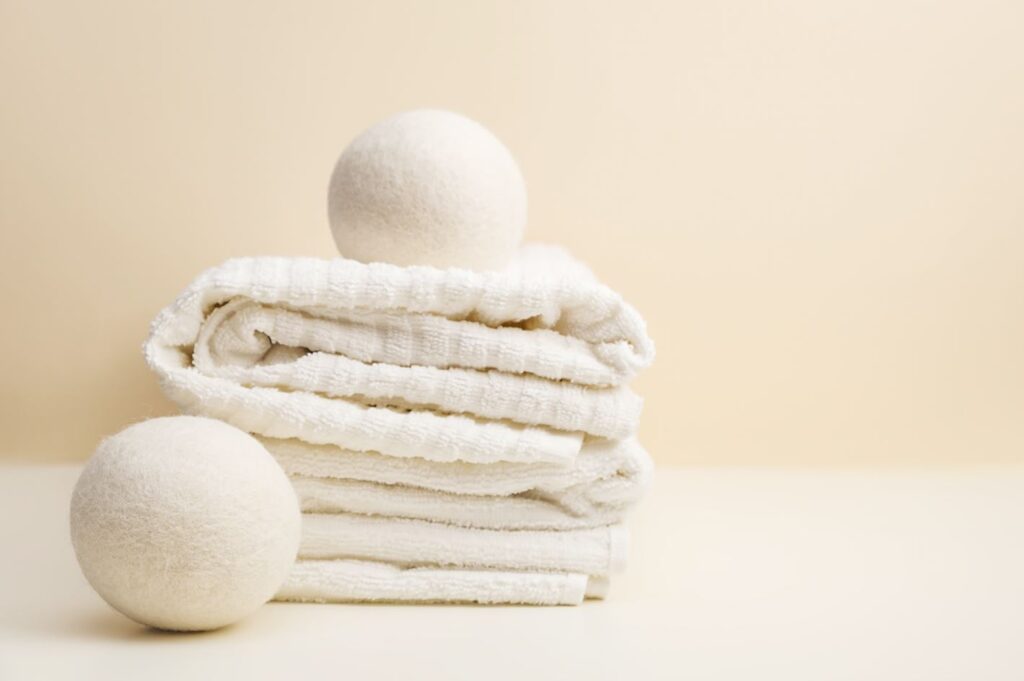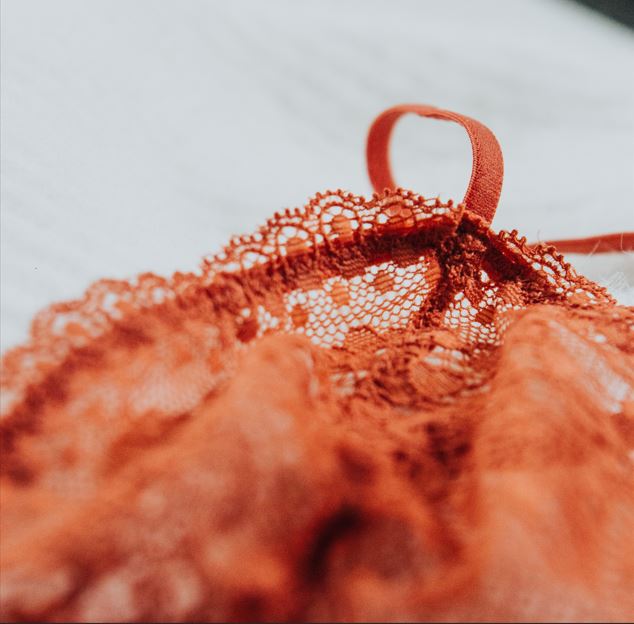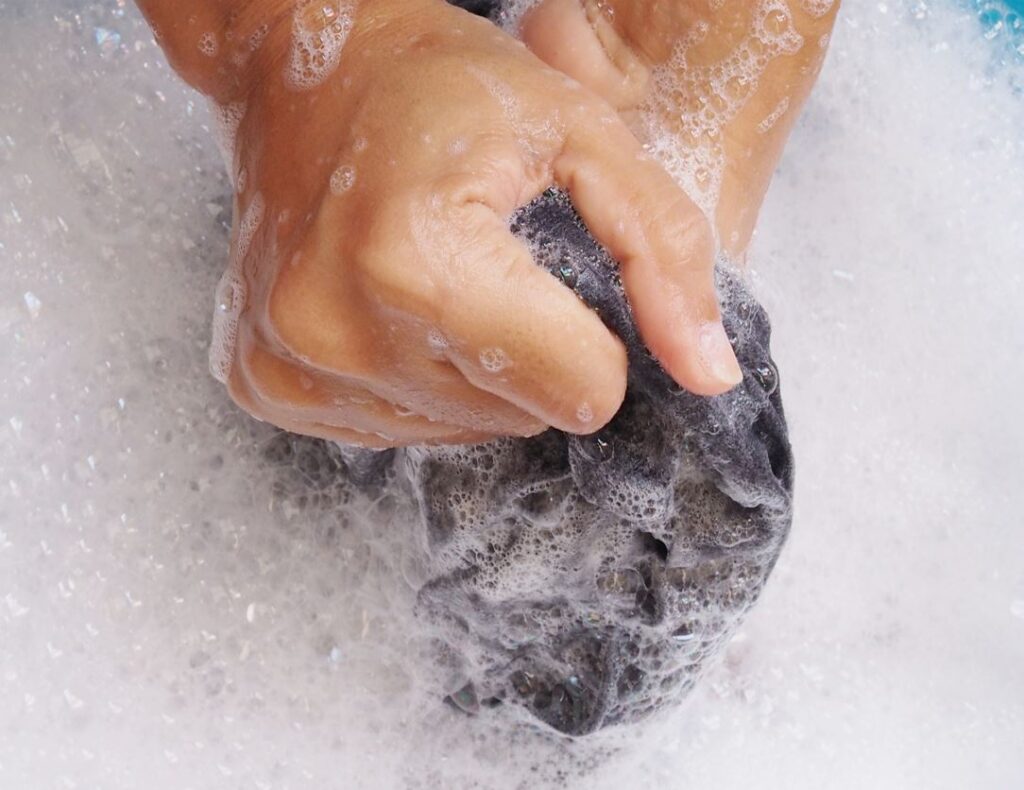Have you ever wondered how people cleaned their clothing a century ago, two centuries ago, or even a thousand years ago? If so, wonder no more! This article gives a short summary of laundry’s fascinating evolution down through the centuries. Future articles will take a closer look at the key moments in the story of how clothes washing developed over time and gradually acquired the features so familiar to us today.
Prehistory
Ever since mankind has worn clothes, those clothes have needed cleaning. Long before the invention of any form of washing machine, the very earliest solution was plain and simple: local water courses. For thousands of years, people dunked their dirty laundry in rivers, lakes, and streams, soaked it with cleaning agents like ashes, sand, and animal fat, and beat it against rocks to break down and remove dirt and stains. A bit primitive perhaps, but effective.
Antiquity
Advanced civilizations like Egypt and Rome had their own cleaning methods. Egyptians relied on oil and natron, a mineral salt known for its purifying properties, while Romans soaked their clothes in large basins filled with water and a certain bodily fluid known for its neutral pH. Garments could be scrubbed in various ways and beaten with wooden tools until sufficiently clean. The Romans even developed the ancient equivalent of laundromats called fullonicas to serve the upper class.
Middle Ages
Medieval laundering often involved public fountains or communal wash houses, which were also important hubs of social interaction. Handmade soap was prepared from various mixtures of ingredients like lye, animal fat, herbs, ashes, and ammonia, while tough stains were rubbed or beaten out of garments using washboards and wooden paddles. For those with the means to avoid the difficult physical demands of these tasks, paid laundresses were readily available.
19th century
The Industrial Revolution caused living standards to rise and increased the availability of pre-packaged laundry soap and factory-made washboards, which facilitated laundry duty. While the first patent for a washing “machine” was issued way back in 1691, most models produced in the 19th century were variations on a wooden tub with a hand-operated metal crank and wringers comprising two rollers that would squeeze out excess water. Commercial laundries were equipped with steam-powered models, but these were far too cumbersome for the home.
20th century
At long last, the first electric washing machine was introduced around 1910. Equipped with a rotating metal drum that could change directions and thus prevent tangling, it was marketed under the brand name “Thor.” Commercially produced washing machines enjoyed rising popularity throughout the 20th century, boosted by successive innovations and improvements such as various wash cycles, synthetic detergents, fabric softeners, and indoor dryers.
21st century and beyond
With the washing machine well established as a domestic mainstay, recent innovations have focused on convenience, performance, connectivity, and sustainability. What lies ahead for the beloved washing machine? Artificial intelligence and smart technologies are already enhancing the user experience and are sure to continue—so much so that tomorrow’s users will surely struggle to believe that doing laundry once used to be anything but simple.
